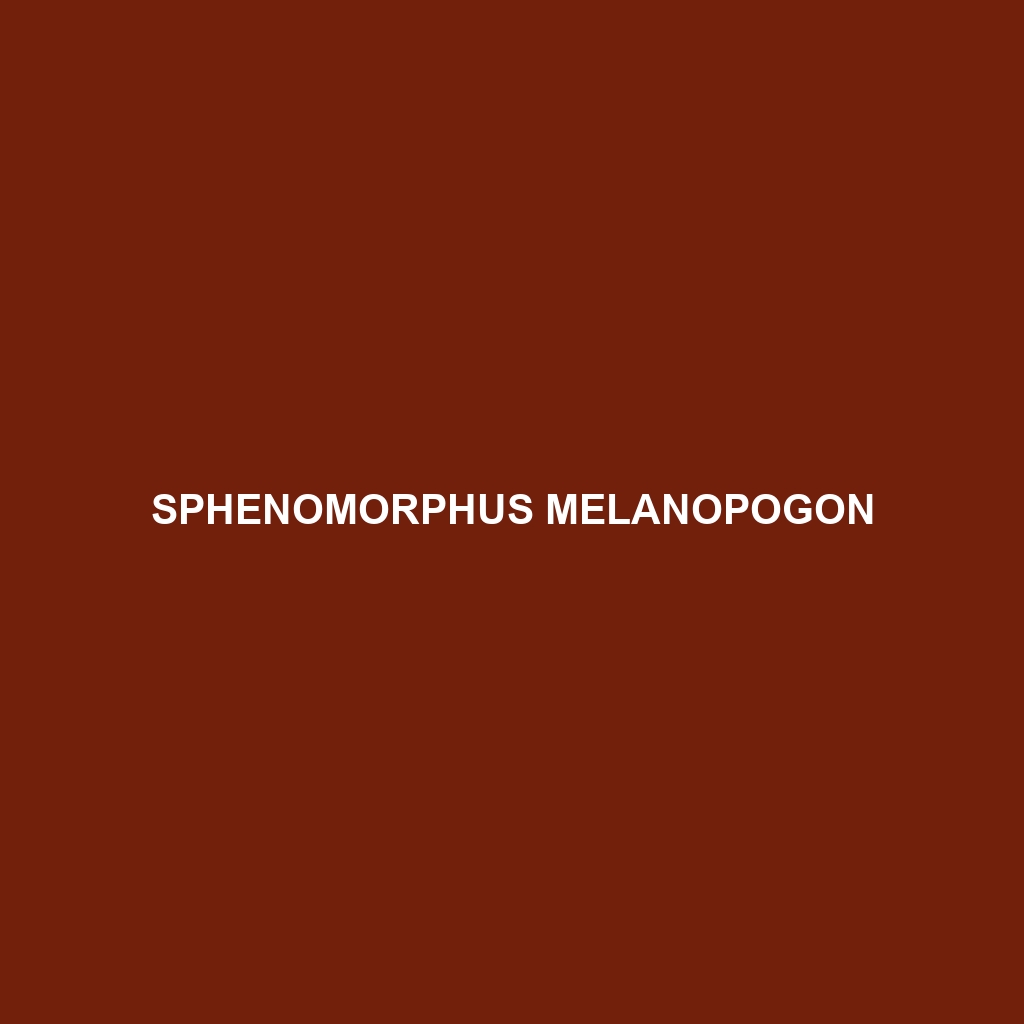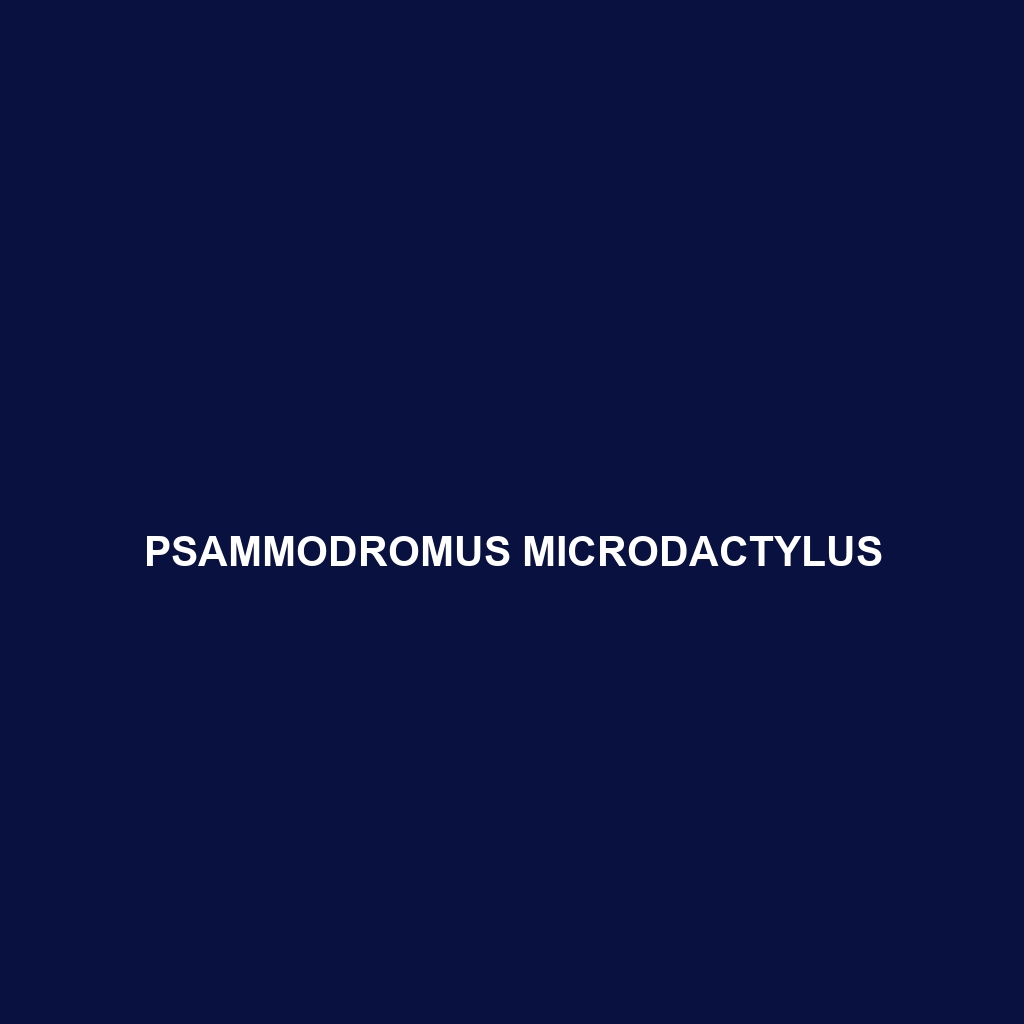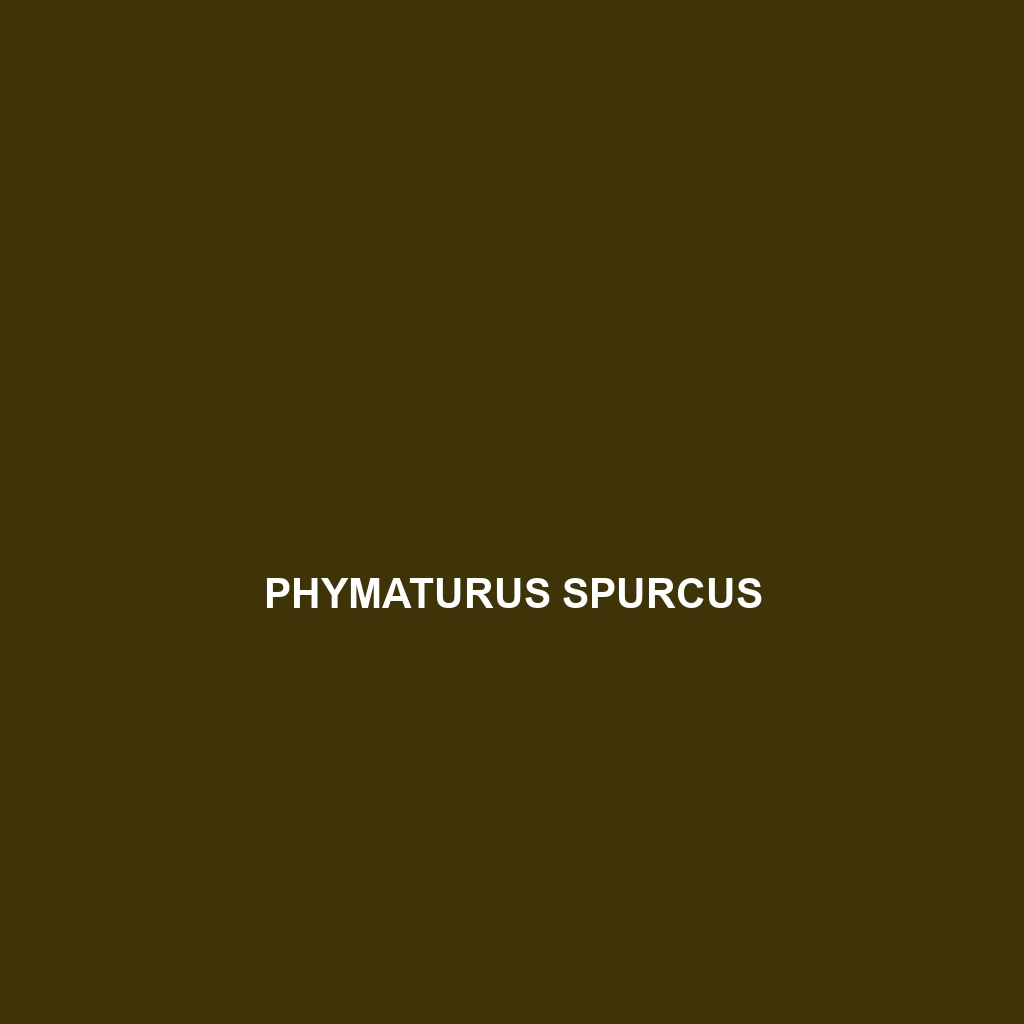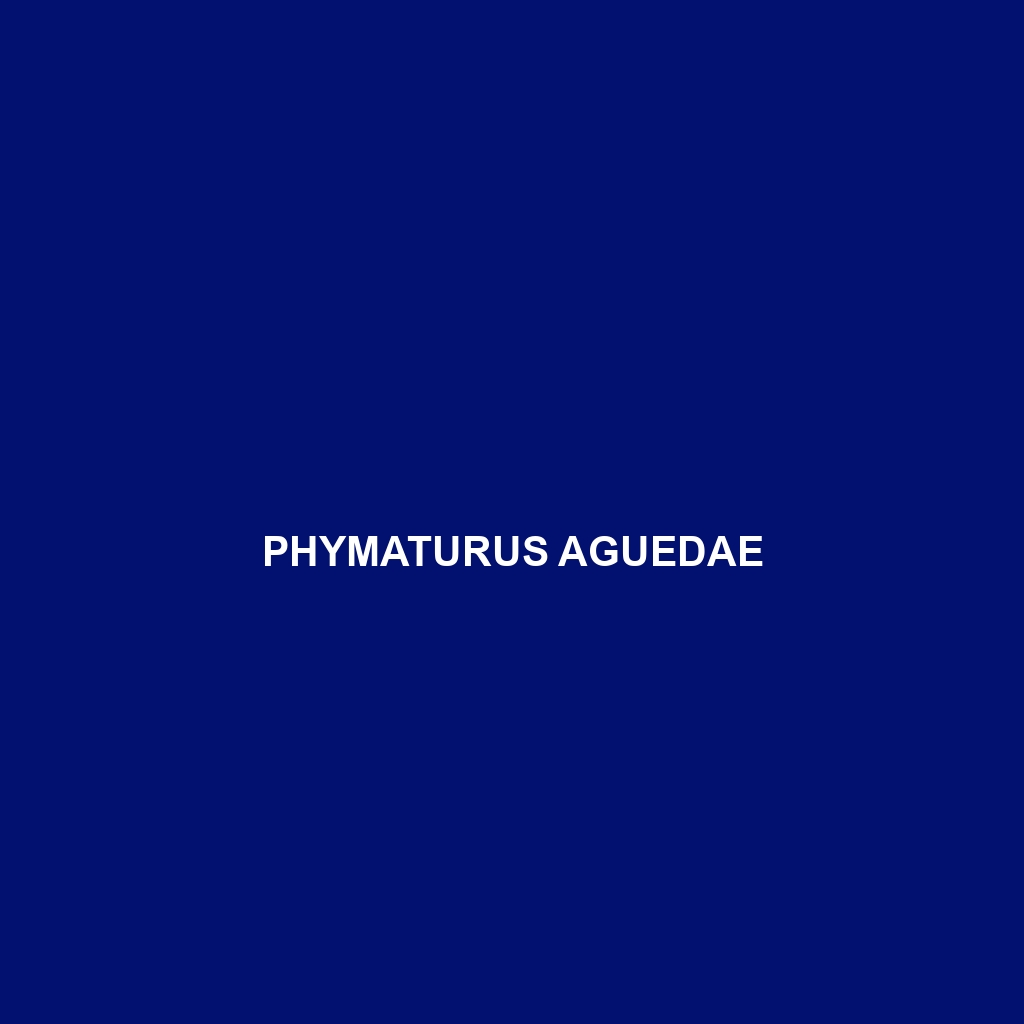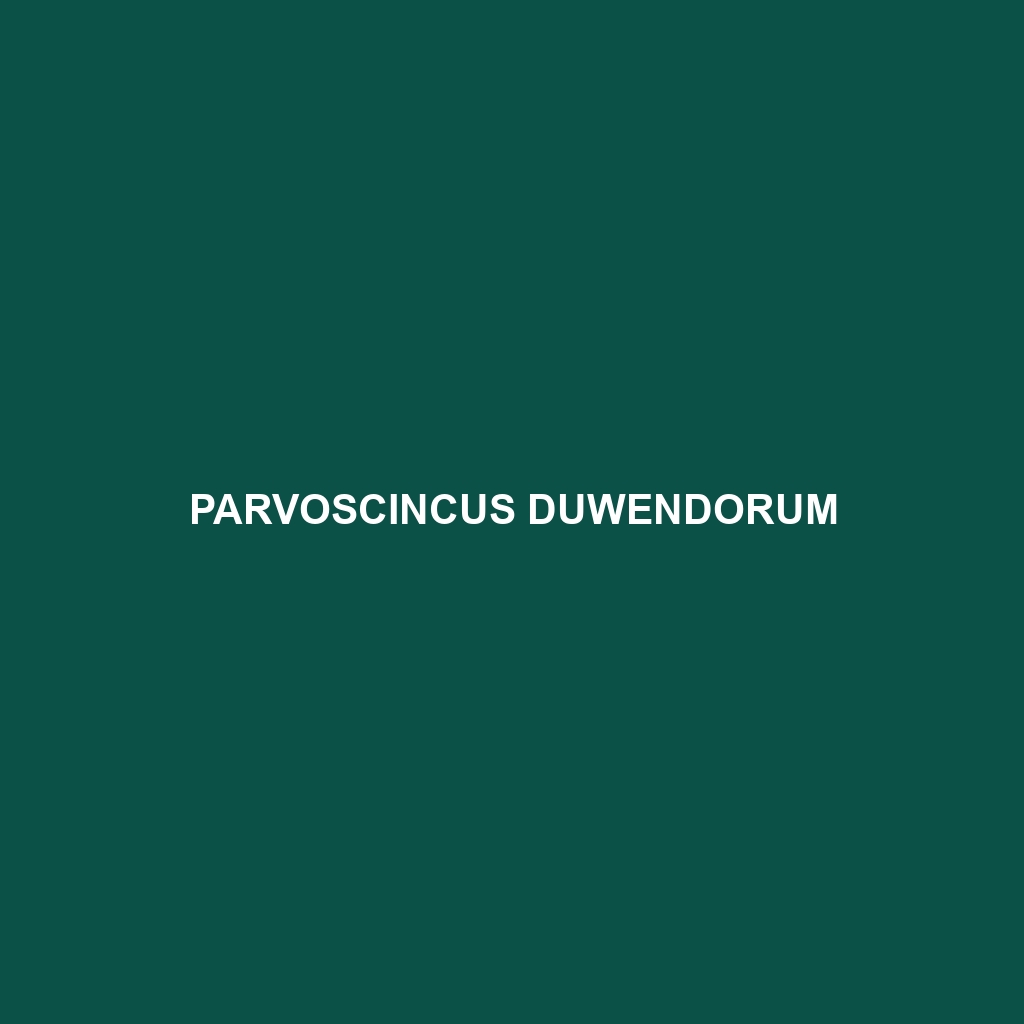<b>Sphenomorphus melanopogon</b>, known as the Black-bearded sphenomorphus, inhabits the humid tropical forests of Southeast Asia, thriving in rainforests and savannas. This slender, agile reptile exhibits cryptic coloration and robust climbing abilities, primarily feeding on insects while playing a vital role in maintaining ecosystem balance.
Tag: cryptic coloration
Psammodromus microdactylus
Psammodromus microdactylus, commonly known as the sand racer, is a small, slender lizard found in arid deserts and grasslands of southern Europe and northern Africa. Notable for its agility and cryptic coloration, this nocturnal insectivore burrows into loose sandy soil for protection and plays a crucial role in maintaining ecological balance.
Psammodromus microdactylus
Psammodromus microdactylus, commonly known as the sand racer, is a small, slender lizard found in arid deserts and grasslands of southern Europe and northern Africa. Notable for its agility and cryptic coloration, this nocturnal insectivore burrows into loose sandy soil for protection and plays a crucial role in maintaining ecological balance.
Phymaturus spurcus
Discover the Phymaturus spurcus, or Patagonian lizard, an endangered species native to the dry regions of Patagonia, Argentina. This small, cryptic insectivore thrives in rocky terrains and varied habitats, playing a crucial role in controlling insect populations and maintaining ecosystem balance.
Phymaturus aguedae
Phymaturus aguedae, endemic to Argentina's Monte desert, is a robust lizard measuring 15 to 30 cm, characterized by its earthy coloration for camouflage, unique burrowing behavior, and critical role in controlling insect populations. Currently listed as endangered due to habitat loss, it exhibits fascinating social structures and adaptations for temperature regulation.
Phrynosoma solare
Discover the <b>Solar Horned Lizard</b> (<i>Phrynosoma solare</i>), an incredible desert inhabitant known for its distinctive spiny head and remarkable camouflage abilities. This fascinating insectivore thrives in arid environments of North America, playing a vital role in maintaining ecological balance while showcasing unique adaptations for survival.
Phrynosoma modestum
Discover the modest horned lizard (<b>Phrynosoma modestum</b>), a compact, insectivorous reptile native to the arid regions of North America, known for its distinctive horn-like projections and remarkable camouflage. Thriving in warm climates, this diurnal lizard plays a vital role in controlling insect populations and maintaining ecological balance.
Parvoscincus duwendorum
Discover the Parvoscincus duwendorum, or Duwendorum skink, a cryptic insectivore native to the rainforests and temperate forests of Southeast Asia, characterized by its mottled coloration and agility in navigating dense foliage. This skink plays a vital role in its ecosystem by regulating insect populations and serving as prey for larger predators.
Pachydactylus capensis
Discover the Pachydactylus capensis, commonly known as the Cape thick-toed gecko, a nocturnal insectivore native to southern Africa's savannas and semi-arid deserts. With its distinctive granular skin, large adhesive toes, and remarkable climbing abilities, this gecko plays a vital role in its ecosystem by regulating insect populations and serving as prey for larger predators.
Lygosoma siamense
Introducing the Lygosoma siamense, a medium-sized lizard native to Southeast Asia's rainforests and savannas. Known for its vibrant coloration and agile nocturnal behavior, this insectivore plays a crucial role in regulating insect populations while exhibiting fascinating regenerative abilities, such as tail autotomy.
